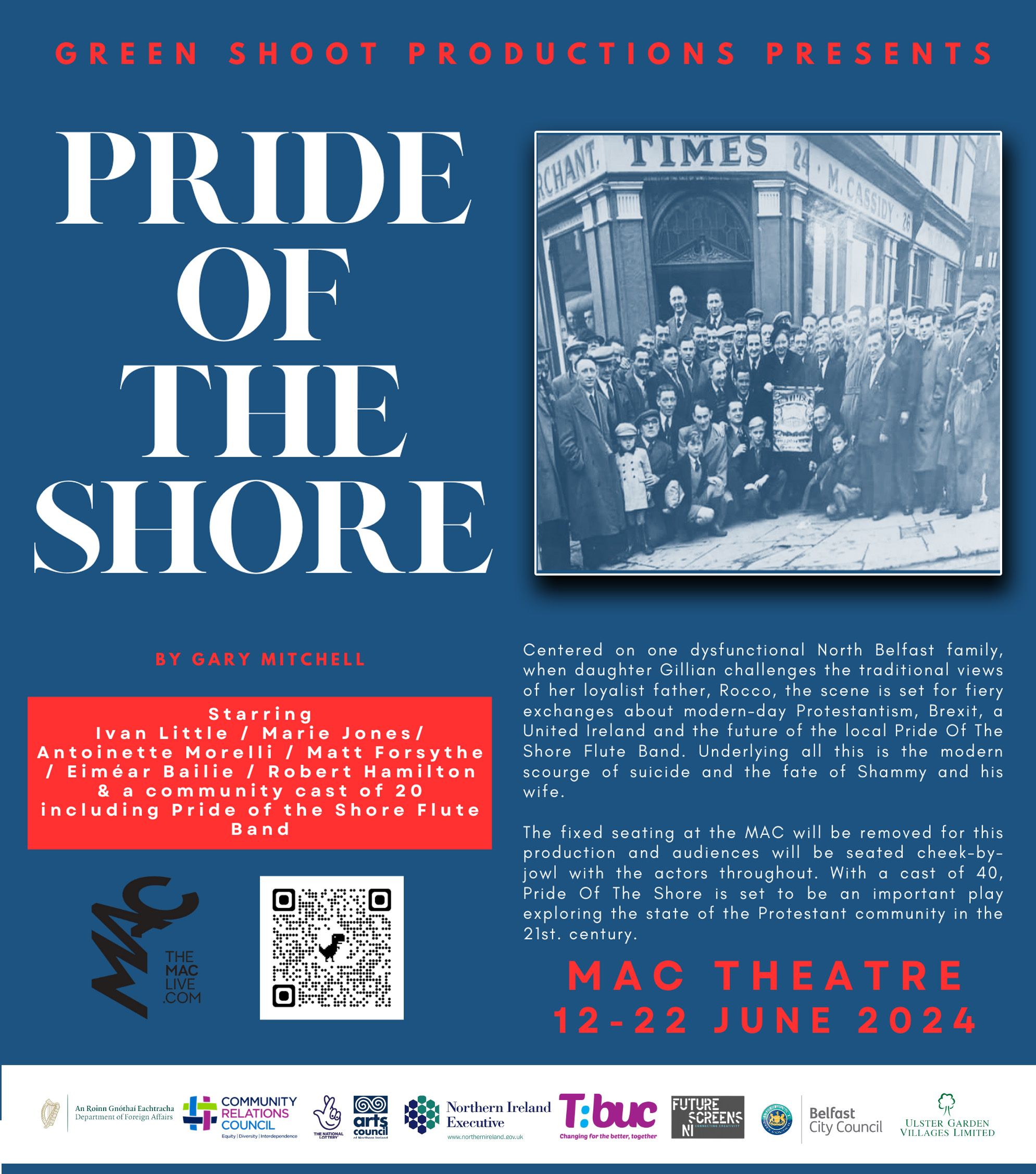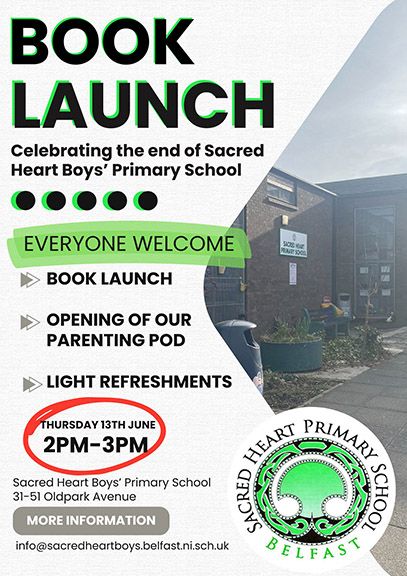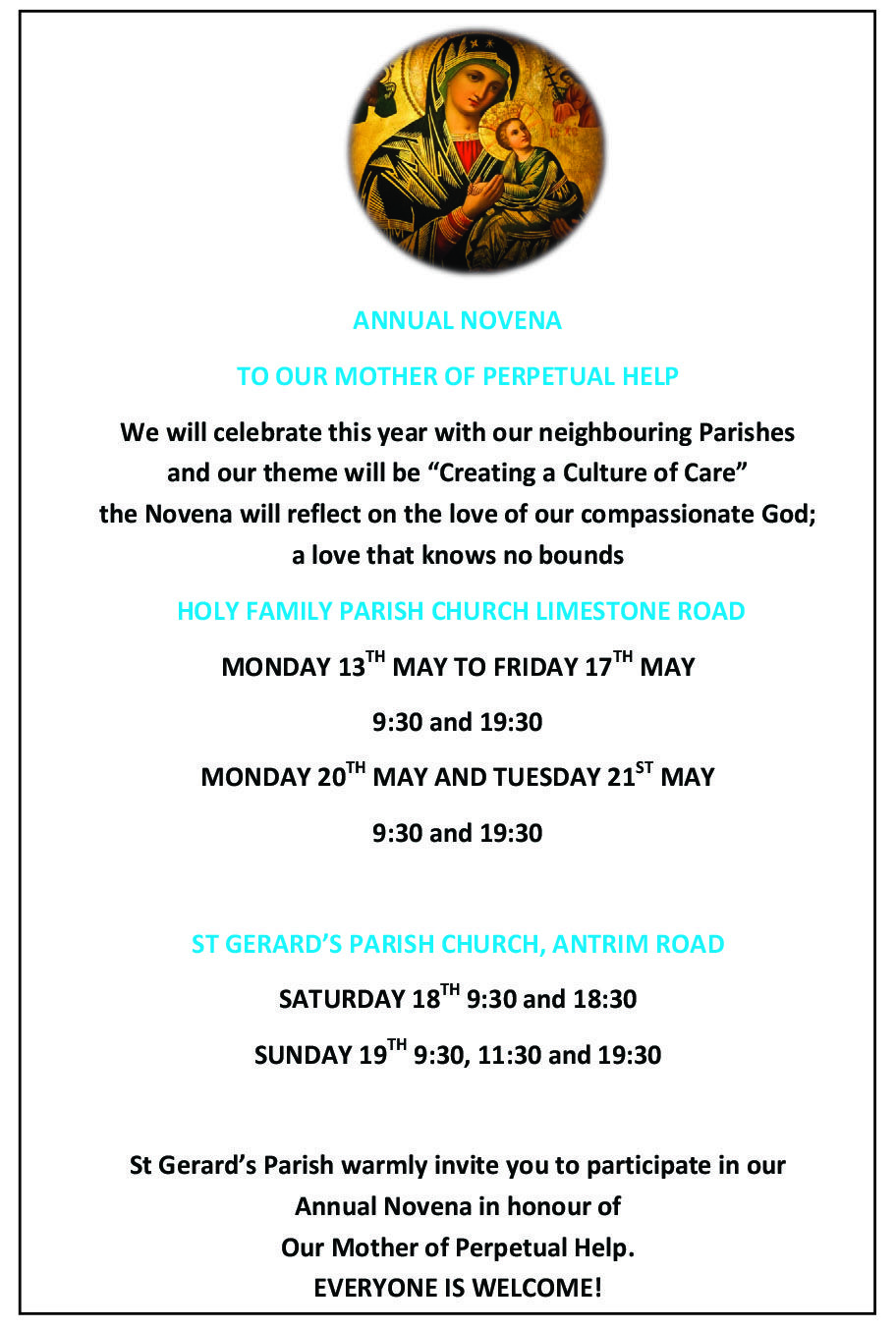HISTORY is alive on the Montalto Estate in County Down in the shape of the thousands of trees that grow on its 400 acres. The estate’s guardians don’t shy away from a tumultuous past, rather they embrace it.
Opened to the public five years ago, its 400 acres include themed walks that take you through orchards, wildflower meadows, forests or, indeed, back in time. Montalto certainly isn’t an Irish name, but it does have an authentic and intriguing origin. Way back in the 1700s, Italian plasterers were employed to work on the house, and, looking at the majestic Mournes in the distance, they nicknamed it ‘Montalto’ – High Hill in Italian.

It’s a classic colonial estate, and indeed it was created after the townland owner Patrick McCartan was executed for his part in the 1641 rebellion. The rebel spirit re-emerged 150 years later when the United Irishmen took up arms and the Battle of Ballynahinch on June 12, 1798 was actually fought in the grounds. You can visit the site of the battle on the History Trail. Here is where the famous Betsy Gray was cut down as the rebels were routed. She was buried where she died, in a townland near the estate, and her grave remains unmarked to this day after a stone memorial was smashed on the centenary of the rising.
The story of the rebellion is told in the visitors’ centre where the only contemporary painting of the battle is on display – the original hangs in Áras an Uachtaráin. Painted by English artist Thomas Robinson in 1800, it’s obviously a Redcoat-friendly version of the battle – until you look a little closer. Although it’s ostensibly a depiction of the death of English Captain Henry Evatt, who was shot by a sniper, it’s only when you study the background that you know where Robinson’s sympathies really lie. Artists had to be imaginative to beat the censors – a bit like Banksy today.
HAVEN: The forest at Montalto is a captivating retreat
In the intervening centuries, owners of the estate have imported trees from around the world – and they now have four ‘Champion’ trees, which means they set records. Visiting on Monday afternoon, Dúlra was taken by the massive Austrian pine whose trunk is the widest in Ireland for its species. It’s the perfect roosting place for owls and they were probably sleeping among the needles as Dúlra walked below.
Then he spotted something else he’d never seen before: a flock of bullfinches. These beautiful hedgerow birds mate for life and stay in pairs through the winter. But here Dúlra counted seven of them all together in the bushes, their white rumps flashing as they picked off berries. Why were they in a flock? A few yards later, it became clear. Two new gardens are being developed here: the Winter Garden and the Fruit Garden. The Winter Garden has cherry and birch trees as well as roses, whose rose hips will be devoured by bullfinches. But the next garden will be their favourite. The Orchard Garden has been planted in a native wildflower meadow with a mixture of native Irish apple and cherry trees. Bullfinches won’t care about the apples or the cherries, or bird tables for that matter as they’re hard to attract to gardens.
But in a few weeks, when the spring sun coaxes buds from the fruit trees’ bare branches, that fresh green growth will be irresistible. The birds have been known to strip a whole orchard, ruining the trees. The gardener at Montalto will be exasperated but birdwatchers like Dúlra – and those hundreds of others who visit every day – will be thrilled to see a bird that has nearly disappeared along with our hedgerows.
Montalto Estate certainly has much to offer visitors and the entrance charge keeps all their good work going. They’ve even collected all the bottles found there during renovation work, 2,400 of them, and they’re still finding more; they make a stunning background to the information office.
Dúlra is planning a return trip to Montalto when the gardens are in full bloom. June 12 seems the perfect date.
• A reader in Lagmore Avenue reports this week how she’s enjoying watching a great spotted woodpecker feeding on fat balls in her garden. The return of this fabulous bird after 250 years – it disappeared when our forests were felled – is a treat. In the past three years it has been recorded in every Irish county. Now that it’s regularly seen in Belfast gardens, we can safely say it’s back for good!
If you’ve seen or photographed anything interesting, or have any nature questions, you can text Dúlra on 07801 414804.





